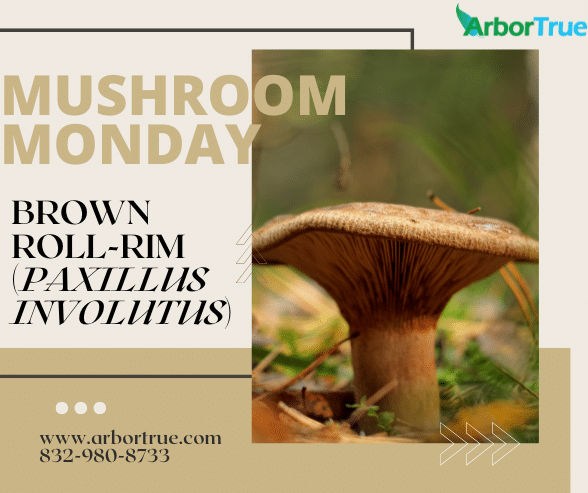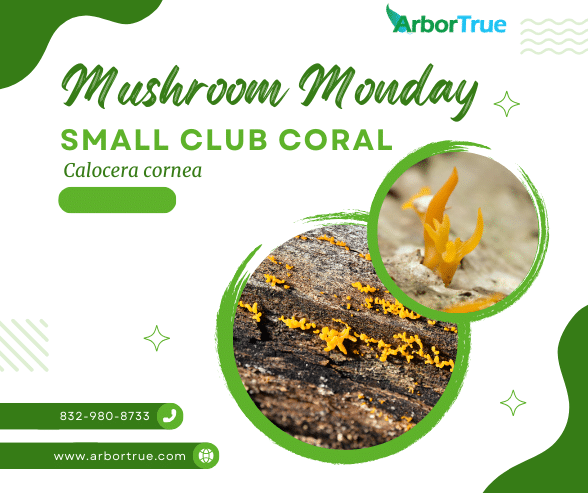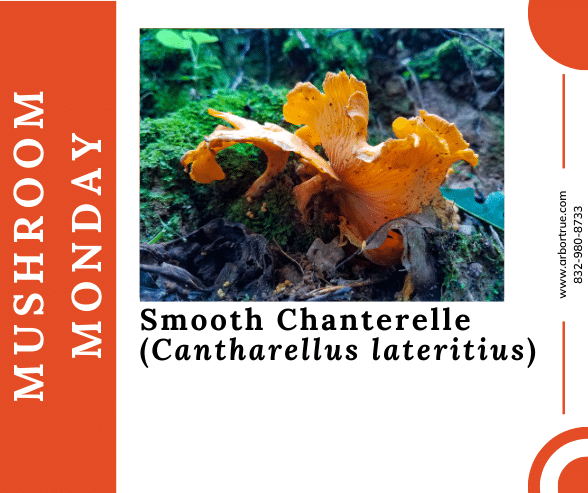
Annual Rainfall in Houston, Texas
February 23, 2024
Compost Topdressing
February 28, 2024
Mushroom Monday: Beefsteak (Fistulina hepatica)
Happy Mushroom Monday! Today’s mushroom is the beefsteak mushroom (Fistulina hepatica). A mushroom that looks like meat? Read on to learn more.
What do Beefsteak Mushrooms Look Like?
Beefsteak mushrooms have caps that are around one to two inches thick and four to ten inches across when they are fully grown, depending on conditions. They have a semicircular shape with wavy edges and are red/orange/brown in color with fine bumps with no hair. They have separated tubes underneath instead of gills and they generally don’t have a stem. Beefsteak mushrooms can feel sticky or wet to the touch.
Why are Beefsteak Mushrooms Called Beefsteak?
They are called beefsteak mushrooms (also ox tongue), because they have the appearance of raw beef. When cut, they look like sliced beef, and they even excrete a red liquid that looks like blood.
Although they might look like beef, they don’t taste like it, instead having a bitter and acidic taste.
Are Beefsteak Mushrooms Polypores?
Yes. Beefsteak mushrooms are polypores. Polypores are mushrooms without gills that instead have tubes that end in pores. The mushroom spores are produced in the tubes. The tubes of beefsteak mushrooms are separated from each other, which makes them different from some other polypores. An example of a polypore we’ve noted before is dryad’s saddle.
Where can Beefsteak Mushrooms be Found?
Beefsteak mushrooms can be found in North America and Europe. They grow on oaks and other trees and can be found in groups or by themselves.
What Kind of Mushrooms are Beefsteak Mushrooms?
Beefsteak mushrooms are generally saprophytic mushrooms (getting nutrients from dead and decaying organic matter) but can also sometimes be parasitic on oak and different hardwood trees.
When beefsteak mushrooms consume nutrients from wood, they can cause a condition called brown rot. Brown rot occurs when fungi consume the cellulose in wood, while leaving the lignin behind. This causes the wood to have a brown color as it rots. (As a note, some other polypores cause white rot, where cellulose is left behind, but lignin is consumed.) Although brown rot can make wood brittle, in some cases people who make furniture like the brown color the fungus makes.
Because mushrooms like beefsteak mushrooms can damage and kill trees, if you see them or other mushrooms on trees you have, it can be one indicator of the health of your trees, and you should contact a qualified arborist to have your trees checked out. An arborist can evaluate the condition of your trees and develop a plan for them.




